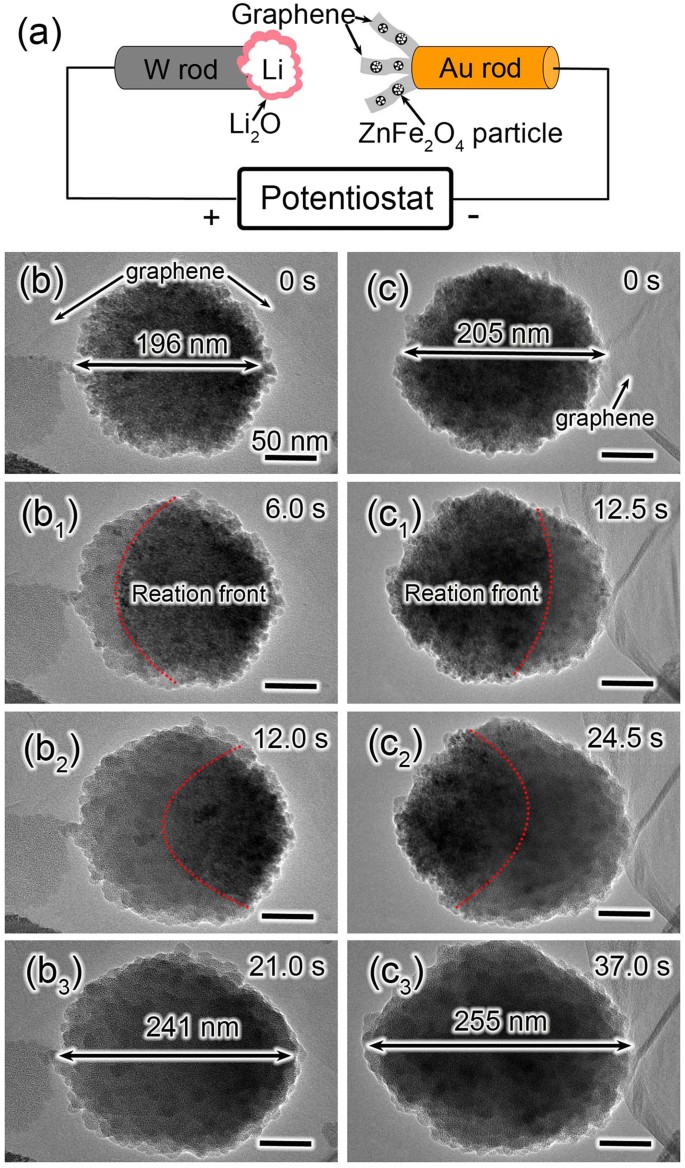

Method: Two different analysis methods were used to study the neutron-neutron correlations with varying energy thresholds.
Spontaneous fission of cf 252 generator#
To compare these correlations to simulations combining the Monte Carlo radiation transport code MCNPX with the fission event generator FREYA. Purpose: To measure the neutron-neutron angular correlations from the spontaneous fission of 252Cf and 240Pu oxide samples using a liquid scintillator array capable of pulse-shape discrimination. Such an anisotropy arises because the emitted neutrons are boosted along the direction of the parent fragment. « lessīackground: Angular anisotropy has been observed between prompt neutrons emitted during the fission process. The implemented multiple gamma tagging method was found to accurately reproduce the prompt fission neutron spectrum for the spontaneous fission of 252Cf and to detect 30% of fission events. more » A 252Cf fission chamber was constructed in order to determine the viability of this method as well as the efficiency when compared to a fission chamber. Additionally, since the method relies on gammas as opposed to fission fragments, the effects of the low level discriminator, used in fission chambers to eliminate alpha events, are not seen. This allows for much larger fission samples to be used due to the higher penetrability of gammas compared to fission fragments. This method involves using a coincidence requirement on an array of BaF 2 gamma detectors to determine the timing of a fission event. In order to improve on current prompt fission neutron spectrum measurements, a gamma multiplicity tagging method was developed at the Rensselaer Polytechnic Institute Gearttner Linear Accelerator Center. Background was also characterized for all detectors and will be discussed. Plastic scintillators were found to offer a significant improvement over traditional liquid scintillators allowing energy measurements down to 50 keV. Prompt fission neutron spectrum data has been taken using the fission chamber focusing on the minimum detectable neutron energy for each of the various detectors. The characteristics of the gamma tagging method such as false detection rate and detection efficiency were determined using this fission chamber and verified using MCNP Polimi modeling. Additionally, a 252Cf fission chamber was designed and constructed at RPI which allowed for optimization and testing of the system without the need for an external neutron source. The system utilizes pulse digitization using Acqiris 8 bit digitizer boards which allow for gamma/neutron pulse height discrimination on the liquid scintillators during post processing. A coincidence requirement on the gamma detectors from prompt fission gammas is used as the fission tag for the system as opposed to fission fragments in a conventional fission chamber. The system uses a novel gamma tagging method for fission which can offer an improvement over conventional fission chambers due to increased sample more » mass. An array of BaF2 detectors was recently obtained from Oak Ridge National Laboratory to be used in conjunction with the neutron detectors.

A system has been designed at Rensselaer Polytechnic Institute (RPI) utilizing an array of EJ-301 liquid scintillators as well as lithium glass and plastic scintillators to experimentally determine these values. Recent efforts have been made to improve the prompt fission neutron spectrum and nu-bar measurements for Uranium and Plutonium isotopes particularly in the keV region. These spectra both show good agreement with the current evaluation of 252Cf and have low associated uncertainties providing a new high precision measurement that helps reduce the uncertainties in the prompt fission neutron spectrum for the spontaneous fission of = , An EJ-301 liquid scintillator fast neutron detector was used to measure the high energy portion of the spectrum, 0.5–7 MeV, and a thin EJ-204 plastic scintillator was used to measure the low energy portion of the spectrum, from 50 keV to 2 MeV. The prompt fission neutron spectrum for the spontaneous fission of 252Cf was measured at Rensselaer Polytechnic Institute using the multiple γ tagging method with a 18.4-ng fission sample. Therefore, reducing the uncertainties in this spectrum will allow for more accurate nuclear data to be available across a wide range of fields. Not only is the spectrum itself of interest, but neutron detectors often use the spectrum for calibration, and other prompt fission neutron spectra are measured as a ratio to 252Cf. The prompt fission neutron spectrum from spontaneous fission of 252Cf is an integral part of several aspects of nuclear data.


 0 kommentar(er)
0 kommentar(er)
